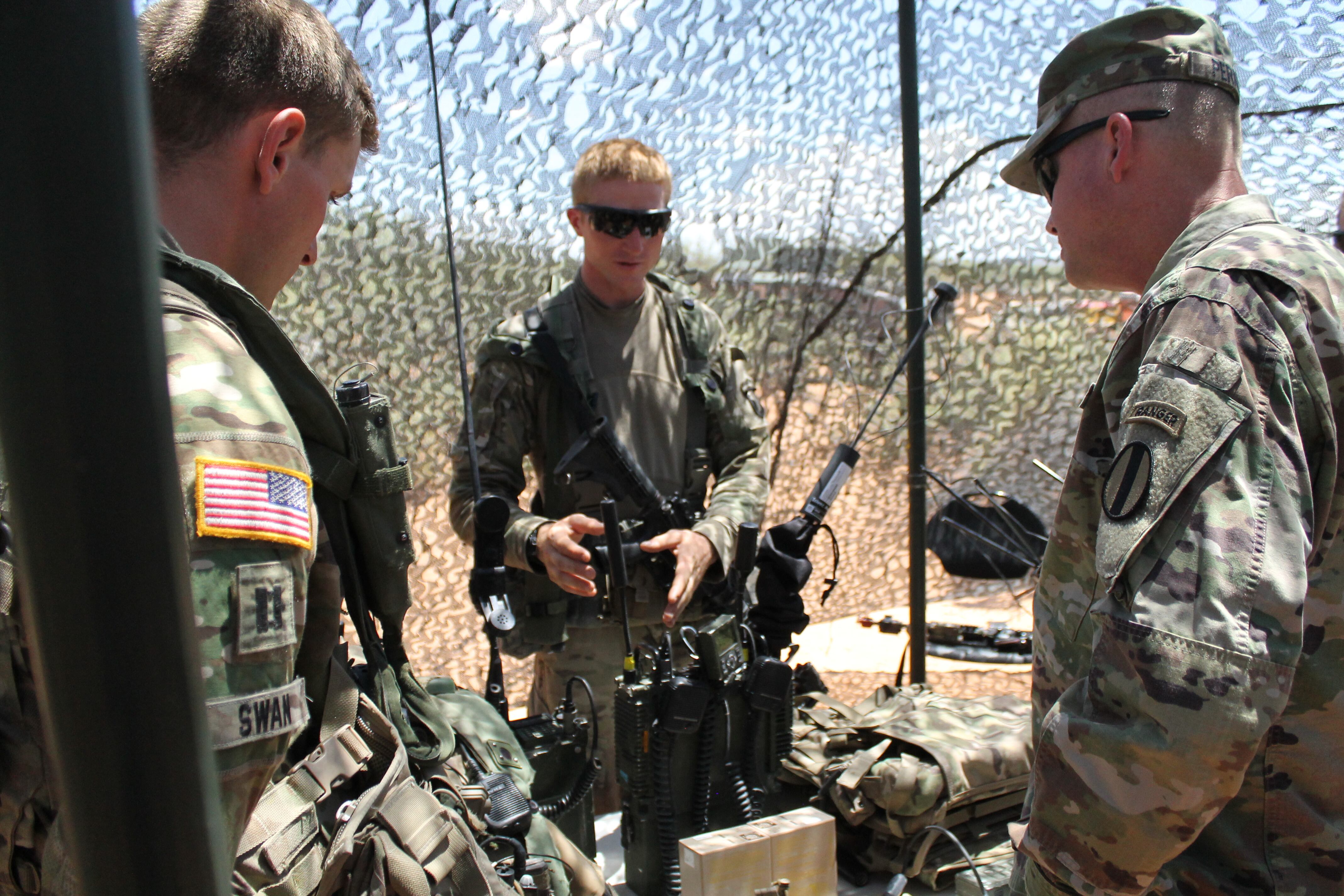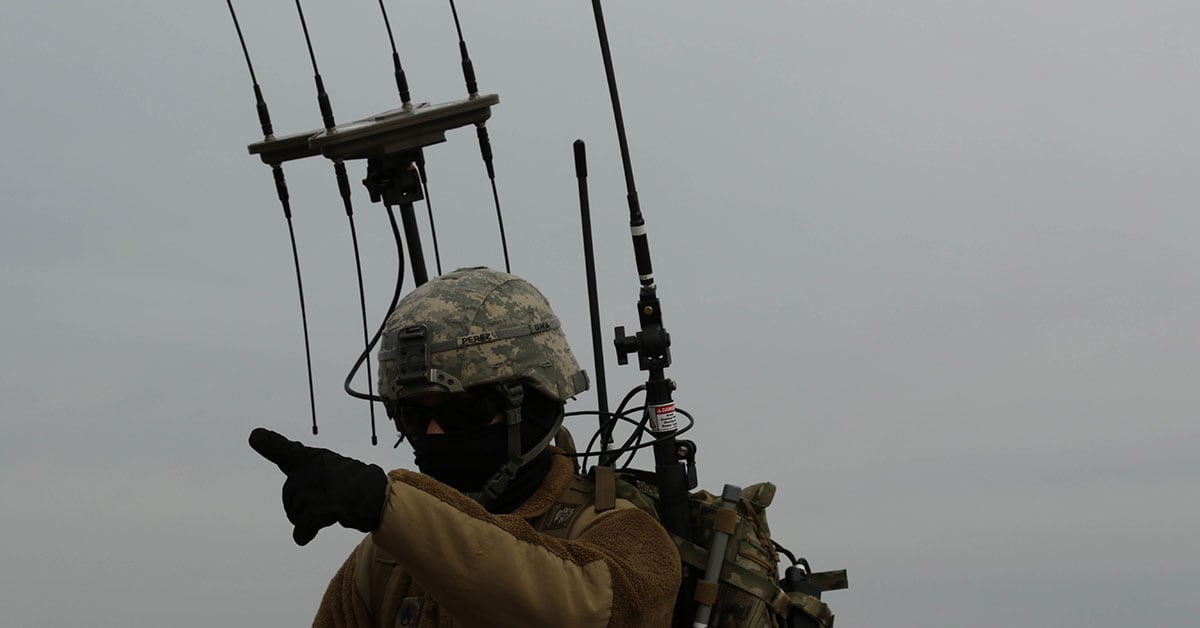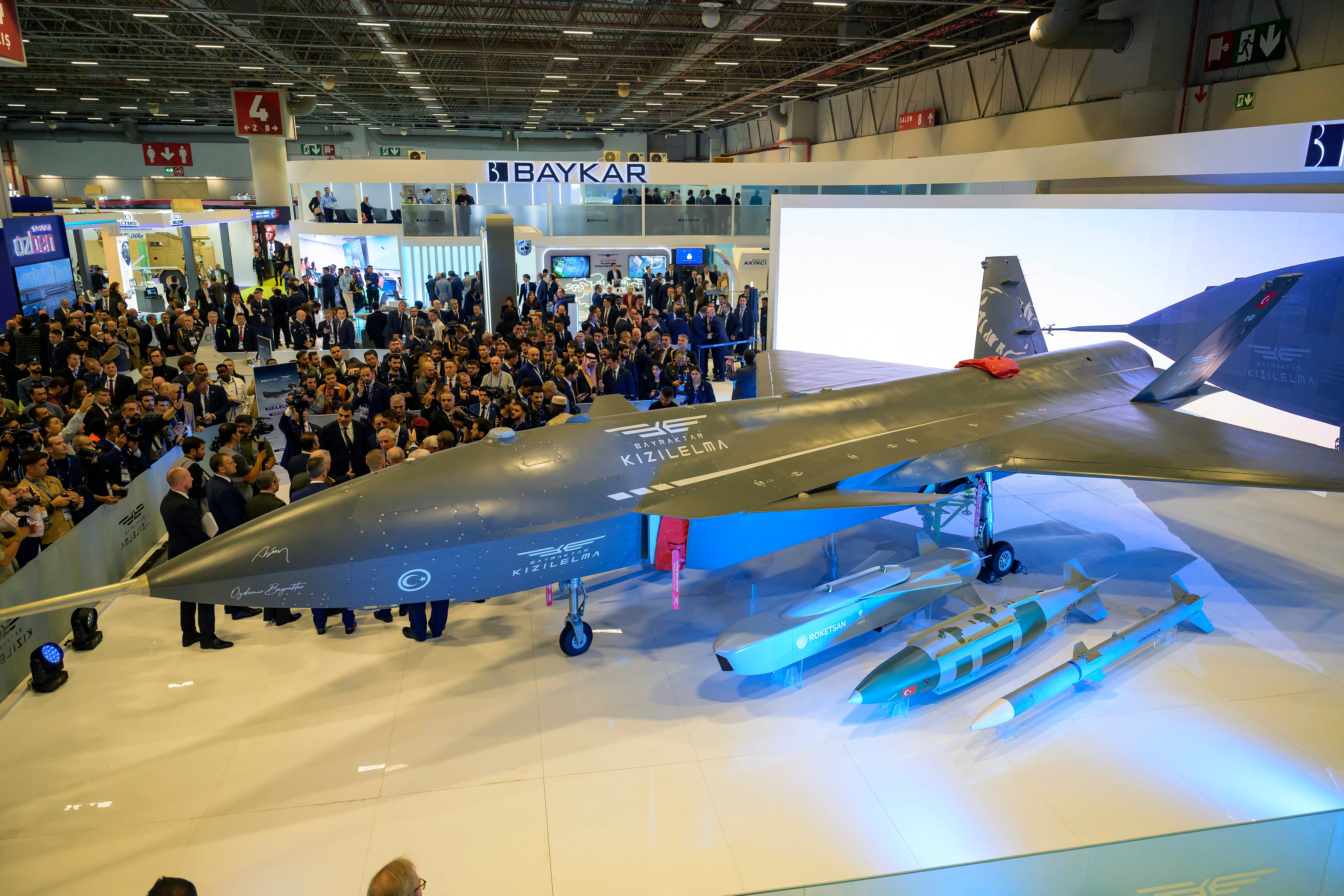Army leaders say they are looking for more software-centric solutions that would more quickly detect and understand signals in the electromagnetic spectrum, a move away from traditional hardware solutions that perform the same task.
In the electronic warfare space, some nations, such as Russia and China, have been able to take advantage of advancements in software capabilities that allow them to rapidly changes signals and signatures, which makes defense and signal classification more difficult.
RELATED

As a result,“we’re trying to get away from a hardware solution and go to more of a software solution so that way as that threat evolves we’re able to more quickly address it,” Col. Kevin Finch, program manager for Electronic Warfare and Cyber at Program Executive Office Intelligence, Electronic Warfare and Sensors, told C4SIRNET sister site Defense News in an interview during the AUSA annual meeting in early October. “That’s been one of our main thrusts.”
RELATED

Nations such as China are “masters of changing their signals,” Jerry Parker, senior vice president of C4ISR and electronic warfare at defense contractor CACI, said at the same conference.
RELATED

“Every day we’re seeing new [radio frequency] signatures coming from them for a myriad of things, whether it’s a new RF link for communications, a new RF link for controlling [an unmanned aircraft system],” he said.
Parker said CACI wants to develop a more open architecture system for the government and other contractors to be able to create their own software based capabilities. This is similar to the iPhone model in which a single hardware box can host a variety of software applications developed my numerous third party organizations.
RELATED

This way, Parker said, companies and the government don’t have to build a new platform every time a new signal emerges.
Mark Pomerleau is a reporter for C4ISRNET, covering information warfare and cyberspace.








